Building and Setting Up the Centax-1 Clutch
- Used with permission from the author Glenn Cauley
- Linked to:
- Centax Clutch 38mm (w/o clutchhousing)
Centax clutch setup in nitro touring cars remains a bit of a mystery to many, especially when you have to deal with the different versions available (Centax-1, Centax-2, and now Centax-3) that all have different places that you use shims and spacers and the like. In this short series of articles, I hope to unveil some of the tips and tricks of setting up these great clutches.
This first article deals with the assembly and setup of the Centax-1 clutch.
Centax-1 Clutch – A History Lesson
Serpent was the first to introduce the Centax clutch to nitro racing. The original Centax-1 clutch (simply called the Centax clutch) is easily recognizable from other versions by its use of small internal bearings, small thrustbearing, and flyweights that were held together with a loop spring.
To further confuse matters, there were actually two versions of the Centax-1 clutch, and that difference lay in the clutchbell and gears. The first Centax-1 clutch used a clutchbell that had the gears that were part of it. If you wanted to change gearing, you had to purchase a clutchbell with the appropriate gears on it. The next version of the Centax-1 clutchbell had spin-on gears so you could easily replace the gears using the same clutchbell, without having to spend a fortune. The first Centax-1 clutchbell had 14/17 stock gearing… when the switch was made to the universal clutchbell with spin-on gears, the stock gearing changed to 16/19 (along with other transmission gear changes).
Before you build and set up your Centax clutch, it is a good idea to invest in a set of digital vernier calipers. You can also use a Team Tamale Digital Clutch Gap and Endplay Tool that I describe in my article at: http://www.mytsn.com/publ/publ.asp?pid=10173
Centax-1 Clutch – Internals
The internal parts of the Centax-1 clutch were limited to small-diameter ball-bearings and a very small diameter thrustbearing.
All clutch gap shimming was done behind the flywheel. This was very awkward compared to the newer Centax-2 and Centax-3 clutches, in that if you needed to change the clutch gap, you had to completely disassemble the clutch and remove the flywheel to change the shims.
Stage 1: Assembling the Centax-1 Clutch
I strongly recommend that you still refer to the original Centax-1 clutch instructions that came with the car. The information here is only meant to supplement and clarify that information.
Install the Centax-1 clutch on the engine, with the engine NOT installed in the car (if possible). Assemble the clutch with all shims, bearings, etc. as described in the instructions.
You may have to remove/reinstall the flywheel a few times during the process of clutch gap adjustment… this is much easier with the engine out of the car.
Start off by using a 0.5mm shim behind the flywheel. This is a good starting point.
Have a good selection of the larger shims available, as well as the very small shims that are used for endplay adjustment.
Stage 2: Setting the Clutch Gap
Clutch gap is the first gap to set on the Centax-1 clutch. This sets the distance that the clutch shoe moves before it touches the clutchbell, and determines more HOW the clutch engages. Clutch gap on the Centax-1 clutch is adjusting be adding/removing shims BEHIND THE FLYWHEEL…do not use shims anywhere else to adjust the clutch gap on this type of clutch.
The original instructions called for a clutch gap of 0.7mm. A smaller clutch gap would give a smoother, less sudden clutch engagement which is better on a slippery track. A larger clutch gap gives a harder, more sudden clutch engagement which is better on a high-traction track.
Even though you have already assembled the clutch on the engine, you must now disassemble it in order to set the clutch gap.
1. Remove the clutchbell assembly from the crankshaft. This includes the clutchbell, thrustbearing, and the two internal ball-bearings.
2. Remove the innermost ball-bearing inside the clutchbell. Leave the outer ball-bearing in the clutchbell.
3. Install the clutchbell onto the crankshaft again. The outer ball-bearing should still be in the clutchbell. Install the thrustbearing assembly and tighten the endscrew to make sure everything is secure.
4. Push the clutchbell against the clutch shoe.
5. Using digital calipers, measure the distance between the end of the clutch screw (at the end of the crank) and an edge on the clutchbell. This is distance “A.”
6. Pull the clutchbell away from the clutch shoe.
7. Using digital calipers, measure the distance between the end of the clutch screw (at the end of the crank) and the same edge on the clutchbell. This is distance “B.”
8. Calculate the difference between A and B. This is your clutch gap.
Let’s assume you are setting the standard clutch gap of 0.7mm. If the current clutch gap is larger than 0.7mm, then you have to add the appropriate amount of shims BEHIND THE FLYWHEEL to reduce the gap… don’t add shims anywhere else.
For example, if current gap is 1.1mm, you would add a 0.4mm shim behind the flywheel.
Unfortunately, you guessed it, you must disassemble the entire clutch in order to change the shims behind the flywheel. There is no other way to set the clutch gap on the Centax-1 clutch.
9. After you install the appropriate amount of shims, reassemble the clutch, but again do not install the innermost ball-bearing in the clutchbell. We are still setting the clutch gap.
10. Repeat steps 4-9 to verify that the clutch gap is 0.7mm.
Stage 3: Setting the Endplay
Endplay is the last gap to set on the Centax-1 clutch. Endplay is the amount that the clutchbell slides on the crankshaft. You want to set the endplay so it is minimized. You want to minimize clutch endplay… it is very bad for the clutch and will toast a thrustbearing if too much.
Endplay on the Centax-1 clutch is adjusting be adding/removing very small shims IN FRONT OF THE FLYWHEEL NUT (holding the flywheel on the crankshaft)…do not use shims anywhere else to adjust the endplay on this type of clutch.
1. Reassemble the clutch using all the internal parts… reinstall the innermost ball-bearing.
2. Check to see if the clutchbell has axial play along the crankshaft. Chances are good there will be a fair bit of axial play. You want to have only a very small amount of endplay… just a barely noticeable hint of movement (0.10mm)…but you don’t want to remove all endplay.
3. Remove the clutchbell (with bearings).
4. To reduce the endplay, add the appropriate amount of the tiny shims ON THE CRANKSHAFT IN FRONT OF THE FLYWHEEL NUT… don’t add shims anywhere else. You might have to add a lot of shims to reduce the endplay.
5. Reassemble the clutch and recheck the endplay. Endplay should be at a minimum, with only a very slight amount of axial movement. The clutchbell should spin freely and not contact the clutch shoe.
Stage 4: Setting the Engagement Point
Setting the point at which the clutch engages is done exclusively by the tension on the preload spring. This must be set with the car ready to race at the track. Start by setting the preload according to the instructions, or maybe a little bit tighter.
If the clutch engages too early the engine will bog down and it will seem like the engine has no power. Tighten the spring preload collar to make the clutch engage later at higher RPM.
If the clutch engages too late the engine will make high RPM before the clutch engages. Loosen the spring preload collar to make the clutch engage earlier at lower RPM.
Periodic Maintenance
While the Centax-1 clutch is a remarkable piece of engineering, it still requires periodic maintenance to ensure reliability and hassle-free performance. How often you maintain the clutch depends on how often and how hard you run the car, and the power of the engine.
Regularly re-grease the thrustbearing with good grease (Mugen Super Grease is good).
Clean and lightly oil the ball-bearings.
Clean any other parts as required.
Periodically check the gaps to ensure all is well. After a time, the clutch shoe will wear down so the clutch gap may have to be changed.
Conclusion
I hope that this article helps you to understand the Centax-1 clutch a little bit better, and get the most out of it. The next articles will describe how to assemble and set up the Centax-2 and Centax-3 clutches.
As always, take great care when working with hand or power tools, soldering equipment, or heat sources. ALWAYS use proper eye and hand protection, and take all necessary precautions to avoid injury or damage.




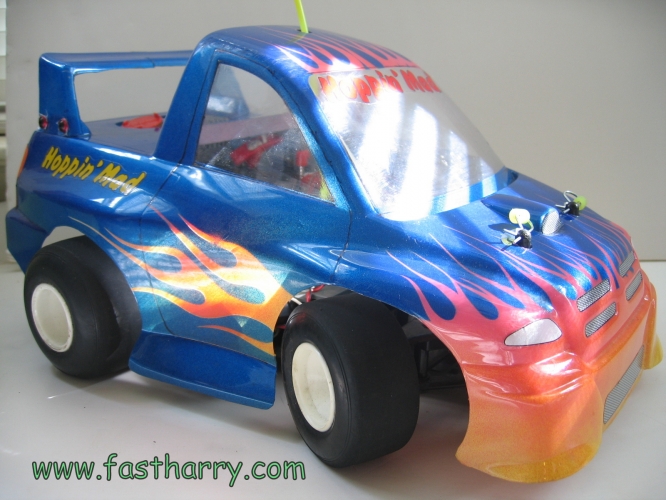
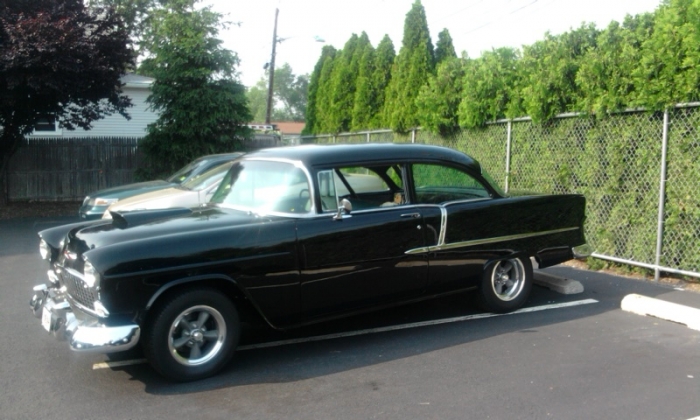
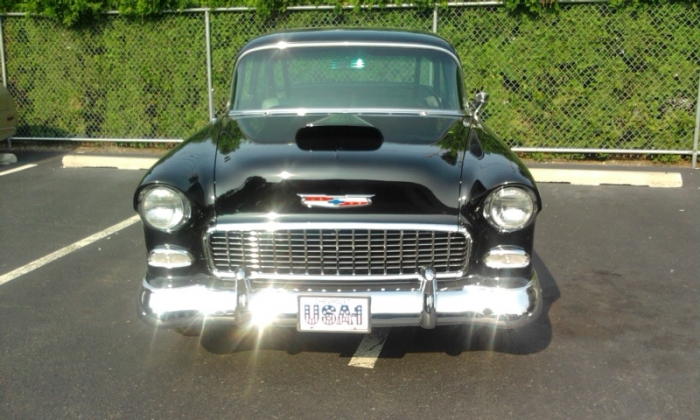
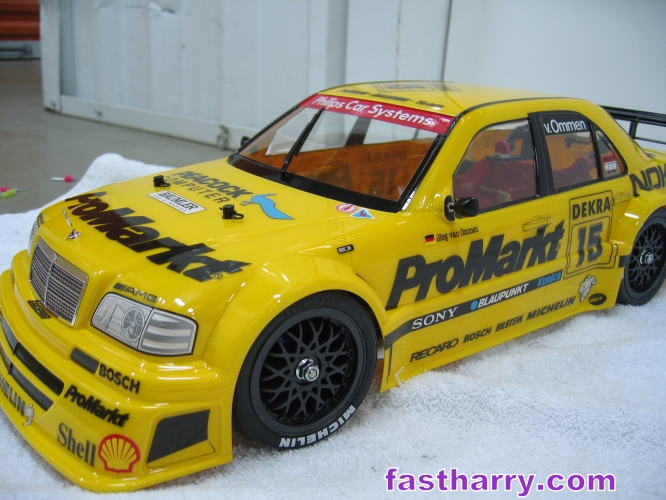
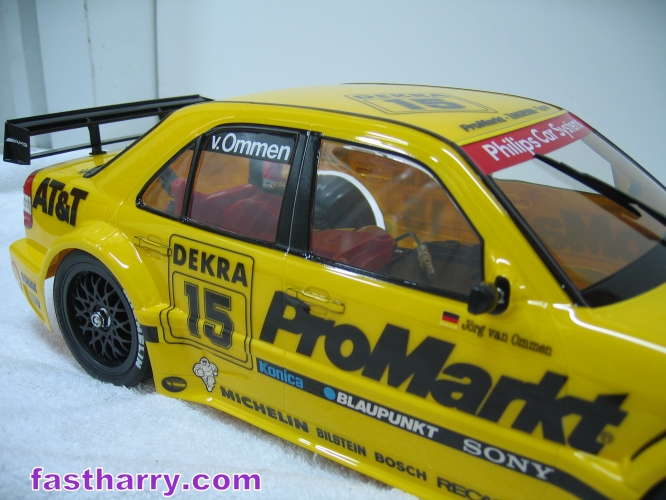
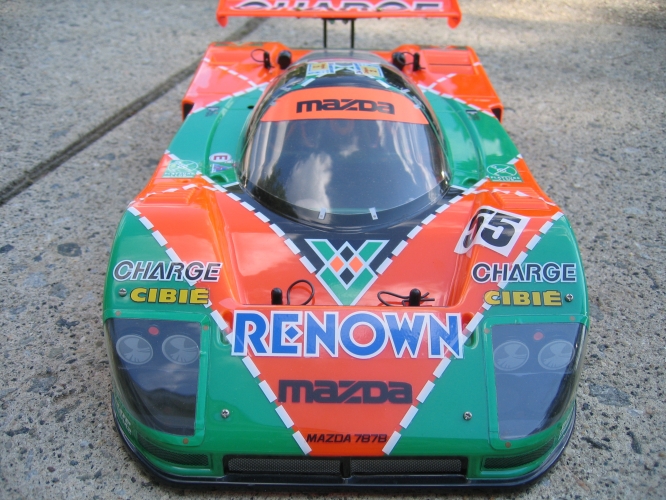
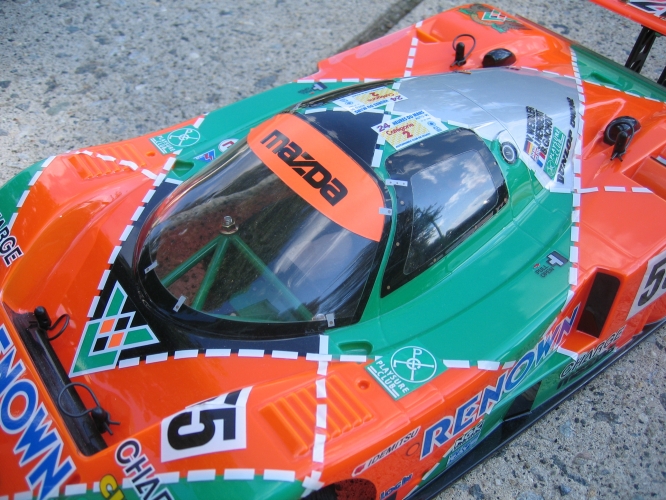
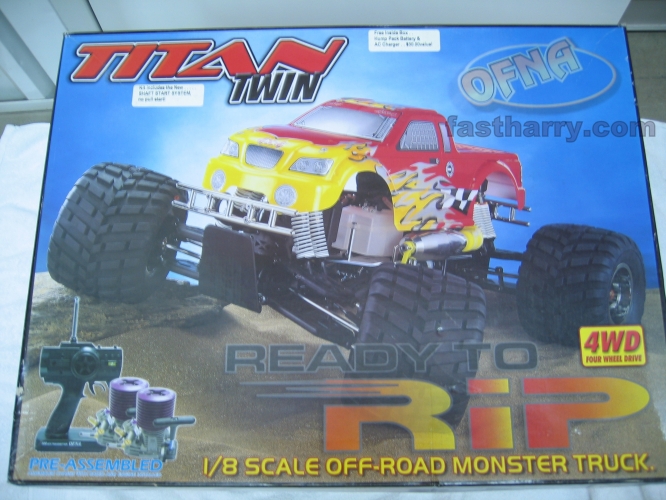
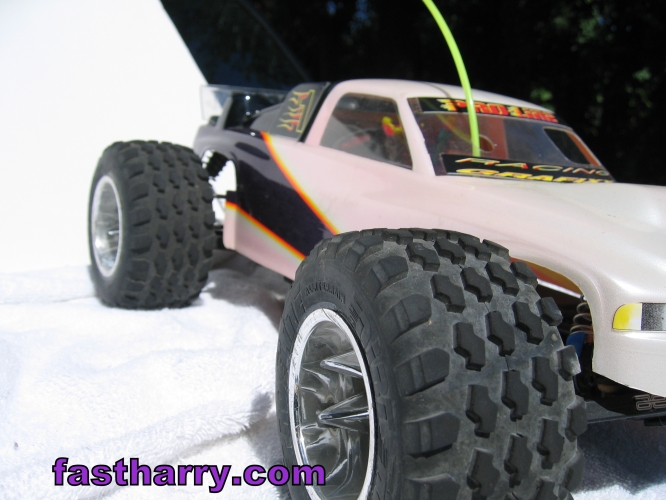

Leave a Reply